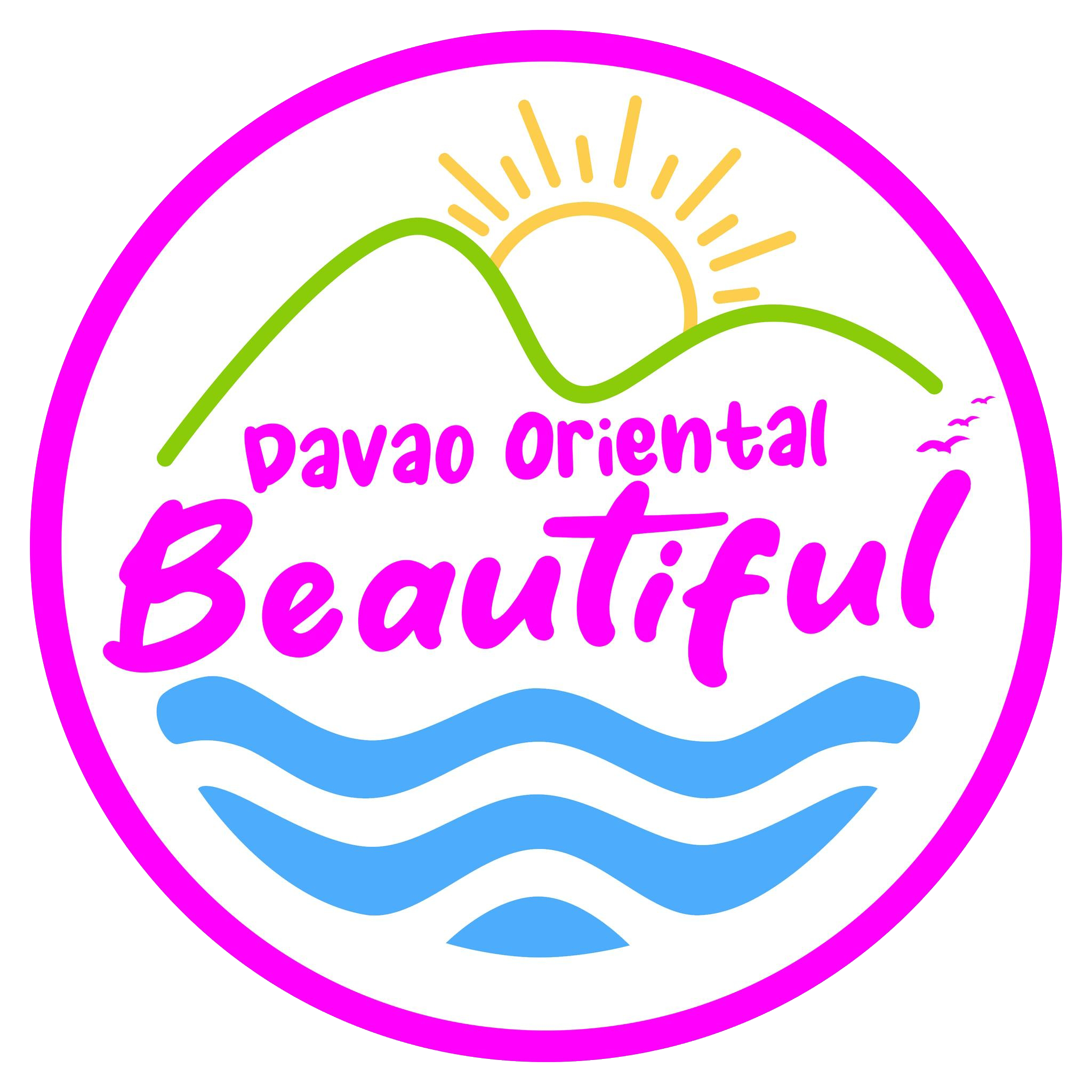MOUNT HAMIGUITAN RANGE WILDLIFE SANCTUARY
Previous slide
Next slide
Habitats and Ecosystem
The Habitats in MHRWS is consist of the agro – ecosystem, diptercarp forest, montane forest, mossy – pygmy forest.
Agro – ecosystem
The Agro – ecosystem is the ecosystem coming from the lowland. In the municipalities of San Isidro and Gov. Generoso side, it has an altitude of 175 – 420 masl. This ecosystem is common on the CBFM and ISF areas. Coconut and banana plantations dominate this type of ecosystem. However, remnants of dipterocarp trees can also found within the vegetation indication that the area used to be a dipterocarp forest, but is now converted, into agro-forestry plantations. Noteworthy is the presence of shorea guiso and S. polysperma which are critically endangered species.
Despite being mostty an agro – forest plantation area, a lot of floral species still exist in these areas. Dr. Amoroso et al (2007) recorded some 246 plant species in this ecosystem, 44 of them are endemic. However for the fauna, only the butterflies (22 spp) were slighted in this area.


Dipterocarp Forest
The Dipterocarp Forest is the next ecosystem above the agro – ecosystem. This ecosystem is located at an elevation between 500 to 900 masl. All throughout MHRWS, a total of 418 plant species were recorded in this ecosystem. The average tree height in this type of forest ranges from 5 to 30 meters and the average height in his type of forest ranges from 5 to 30 and the averages height is 14 meters.
In terms of the faunal component, the dipterocarp forest is the habitat of 146 animal species. Among the five ecosystems, this is where most of the animal species are found, all the animal groups in MHRWS are represented in this ecosystem, from mammals to the invertebrates’ butterflies.


Montane Forest
The montane forest exists at an altitude range of 920-1160 masl. This type of forest is characterized by the presence of numerous species of mosses, lichens and epiphytes. A total of 462 plant species are recorded in this ecosystem. The height of trees in this forest ranges from 5-25 meters and the average height is 12 meters. Among the animals in MHRWS, 105 species inhabit the montane forests. Just like the dipterocarp forests, all the animal groups are represented in this ecosystem, but a little lower in terms of number of species than in the dipterocarp forests.


Mossy Forest
The typical mossy forest is situated at an altitude range of 1160-1350 masl. Mosses are observed to be very thick in this vegetation type which covers the roots and tree trunks. A total of 246 plant species are recorded in this ecosystem.


Mossy Forest
The mossy-pygmy forest inside MHRWS exists starting at around 1,200 masi elevation. It has a unique and interesting feature. A total of 338 plant species is recorded in this ecosystem. Species of Agathis, Lithocarpus, Falcatifolium, Leptospermum and Cinnamomum with a height of more than 30 meters in the depiterocarp and montane forests, become stunted in the mossy-pygmy forest, with heights of less than 3 meters. This is due to the ultramafic conditions of the soil. This forest type has a substrate predominated by ultrabasic rocks which leaves the soil with high concentration of iron and magnesium, thus only a specialized group of plants grow in the area. Oftentimes, plants here are dwarfed. The frequent rain in this ecosystem helps the plants survive amid the harsh environment. Mossy-pygmy Forest is also home to many endangered, endemic and rare fauna such as Lipinia vulcanicum (Girard’s Tree Skink), Calamaria virgulate (Southern Worm Snake) and Phyton reticulatus (Reticulated Phyton) for reptiles; Sus philippensis (Philippine Warty Pig) for mammals; and Philautus acutirostris (Pointed-Snouted Tree Frog) for amphibians. The site endemic Delias magsadana and the new rat species, Batomys Hamiguitan are also found in ecosystem. acer


#davaoorientalbeautiful















